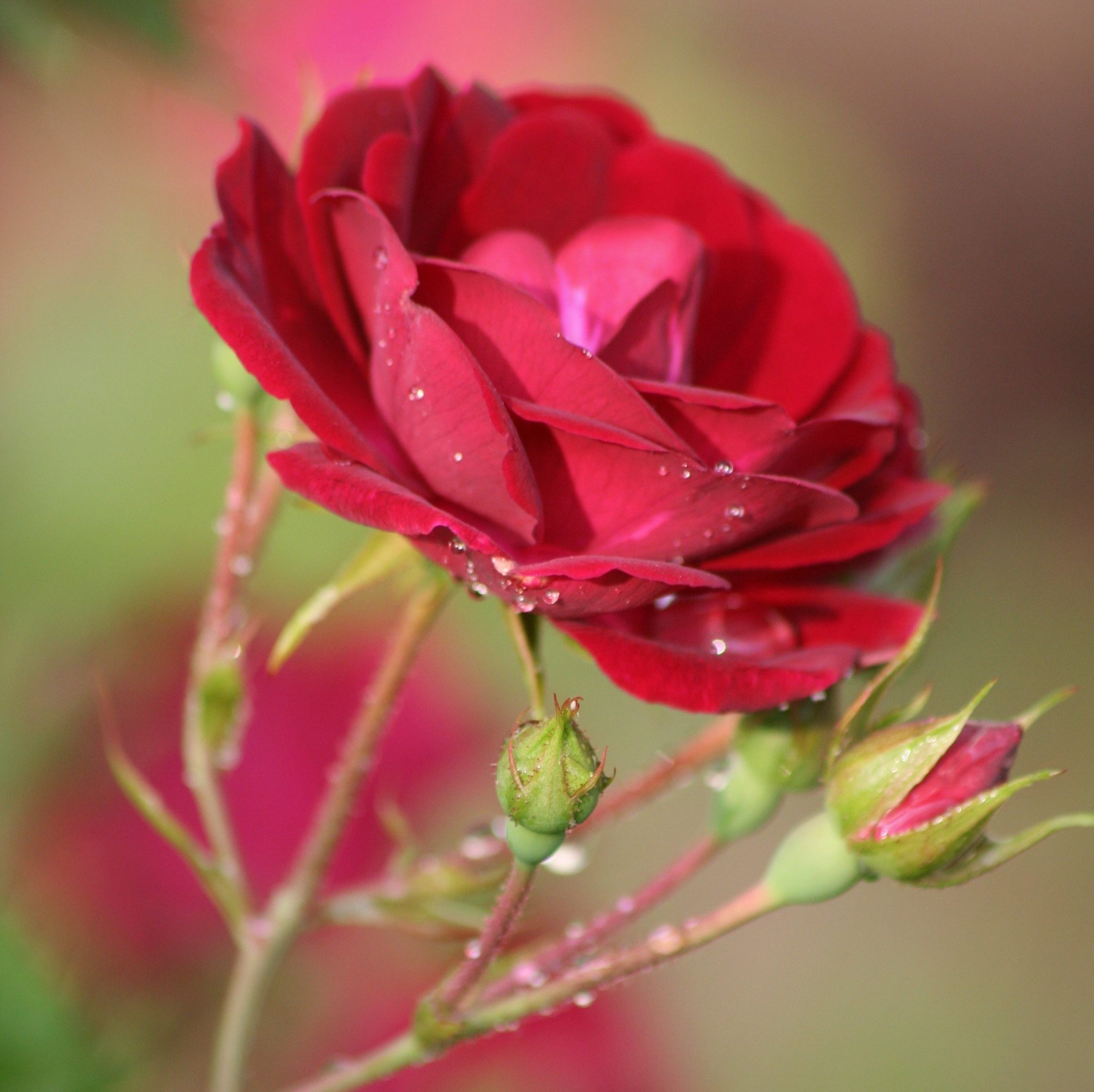Get ready for a new growing season with this list of perennials to cut back in spring. These plants will benefit from spring pruning.

10 Perennial Plants You Should Cut Back in Spring


Cutting Back Roses in Spring
Roses come in various growth habits, from long-stem hybrid teas, grandifloras and floribundas to mound-forming shrubs and sprawling ramblers. Because long-stem roses often suffer some winter dieback, spring is a good time to see where living green tissue ends and dead brown stem takes over.
When pruning roses, cut brown stems back to the green portion, cutting diagonally just 1/4-inch above a bud. Spring is also the time to thin out overgrown rose bushes, removing a few of the thickest, old stems.

Upright Sedum
Upright sedums, such as the popular Autumn Joy, are a multi-season attraction. They even make a pretty sight when the flowers fade — the mounded caps look nice dusted with snow. These are low-maintenance succulents.
In spring, it’s time to remove the stems down to the base of the plant to allow for new growth. Cut perennial sedum stems as close to the base of the plant as possible and wait for spring growth to appear a few weeks later.
Psst—check out the perennials you should cut back every fall.

Sunchokes
This perennial sunflower (Helianthus), also known as Jerusalem artichoke, is often cut down in fall. However, it’s better to leave it standing because the stems make it easier to pull the edible tubers out of the ground late in the season. Those left undisturbed can be cut to the ground in late winter or early spring, using loppers or a pruning saw. The thick, dead stems can be cut into pieces for mulch.

Red Twig and Yellow Twig Dogwood
These Cornus shrubs are a welcome sight in late winter and early spring, when the stems are fully exposed and the bark is most colorful. Remove some of the oldest stems (they’re thicker and darker) to make room for more colorful juvenile growth.
It’s also time to remove any stems that are dead or injured from animal browsing. Use loppers to cut back stems as close to the base as possible.

Butterfly Bush
Butterfly bush (Buddleja davidii) is root hardy in cold winter areas. The top growth dies back to the ground, but the roots remain alive and capable of pushing out new growth in spring. In that case, cut the perennial plants down to the base with loppers in spring.
Editor’s note: In some areas, butterfly bush is considered invasive. Either plant a sterile variety or deadhead flowers immediately after blooming.

Beautyberry
Beautyberry (Callicarpa) is hard to miss in the fall with its shiny purple or pink berries. The trouble is, it tends to suffer a fair amount of winter damage, which is why it’s advisable to prune the shrub in spring.
Remove all dead growth even if it means chopping the plant down to within 6 inches of the ground. It will regrow, flower and produce berries all in the same season.

Bluebeard
Bluebeard (Caryopteris) often dies back to the ground where winters are cold. As such, it is considered more of a flowering perennial than a woody shrub. Use loppers or hand pruners to cut bluebeard back to about 6 inches. It blooms in mid-to-late summer on new growth, so you won’t miss out on flowering.

Black-eyed Susans
Black-eyed Susans (Rudbeckia) dazzle with their golden flowers in late summer. Many gardeners let the flowers go to seed, leaving the stems in place to feed the birds and keep some structure in the perennial garden over winter.
In spring, remove the dead flower stems at the base of the plant with a sharp pair of hedge shears. Black-eyed Susan is one of many wildflowers that do well in home gardens.

Chrysanthemum
While florist mums are often grown as Annuals, chrysanthemums are fall favorites that sometimes overwinter successfully in USDA Plant Hardiness Zones 5 to 7. The secret is to plant them early in the season so plants have time to establish their roots, and use mulch to help them survive the winter.
In spring, remove the mulch and cut the dead portion back to the base with sharp hedge shears or hand pruners. Small green rosettes should already be forming at the bottom. Chrysanthemums are an easy container plant.

Purple Coneflower
Purple coneflower (Echinacea purpurea) is another perennial to leave in place over winter. The seedheads of this hardy prairie plant feed various birds while lending a little height to the sleeping perennial garden. In spring, use hedge shears or loppers to cut plants to the base, allowing for new growth.




















